How To Use Colour Analysis to Choose Your Makeup Colour

If you're like me, then you've probably seen the countless colour analysis TikToks on your 'For You Page'. My personal favourite was seeing Blackpink's Jisoo find her own colour season! Whilst alot of them go to some professional Korean colour analyst, we can't all just drop everything and take a trip overseas.
Luckily for us, the internet has come up with their own way of doing colour analysis for free! By using simple colour theory and charts, we can determine things like our natural undertones and colour seasons. Whilst you'll likely get the most accurate results from a professional, we can still do our best with what we've got.
In short, it starts with determining your undertone which is the most important component of colour analysis. For example, a cool undertone would mean that you'd have to veer towards a cool foundation to suit your skin. You can then figure out which season your skin falls under; Summer, Autumn, Winter or Spring.
All of this can help to determine which colours best suit your natural skin tone. This is a critical step in finding the best clothing and makeup colours for you! Things like blush, blush, eye shadow and lip colour can all be improved through this simple colour analysis process.
To get started we'll help you determine your own undertones types and seasonal colours at home, for free! With this new found colour theory, we can then determine the very best Korean makeup colour options for your skin type.
How do I do my own colour analysis at home?
To do your own colour analysis at home, you have to apply some basic colour theory principles to your own skin. Your personal colour analysis is based on the tones of your skin, hair and eye colour.
Some Tiktoks recommend filters and applications to do colour analysis at home. However, we've found that this can be inaccurate and heavily depend on the type of screen you have. Instead, we recommend the following tips and tricks to find your undertones and colour seasons.
How do I find my skin undertone?
Your undertone is defined under two key categories. You can typically classify people as either having warm toned or cool toned skin. There's a third undertone (neutral undertones) but we'll be excluding this for simplicity. Neutral undertones can usually straddle between both warm and cool tones.
You undertone can drastically affect which cosmetic choices (like makeup colour) will look good on you. Here are some easy ways to determine your skin undertone.
The Wrist Trick
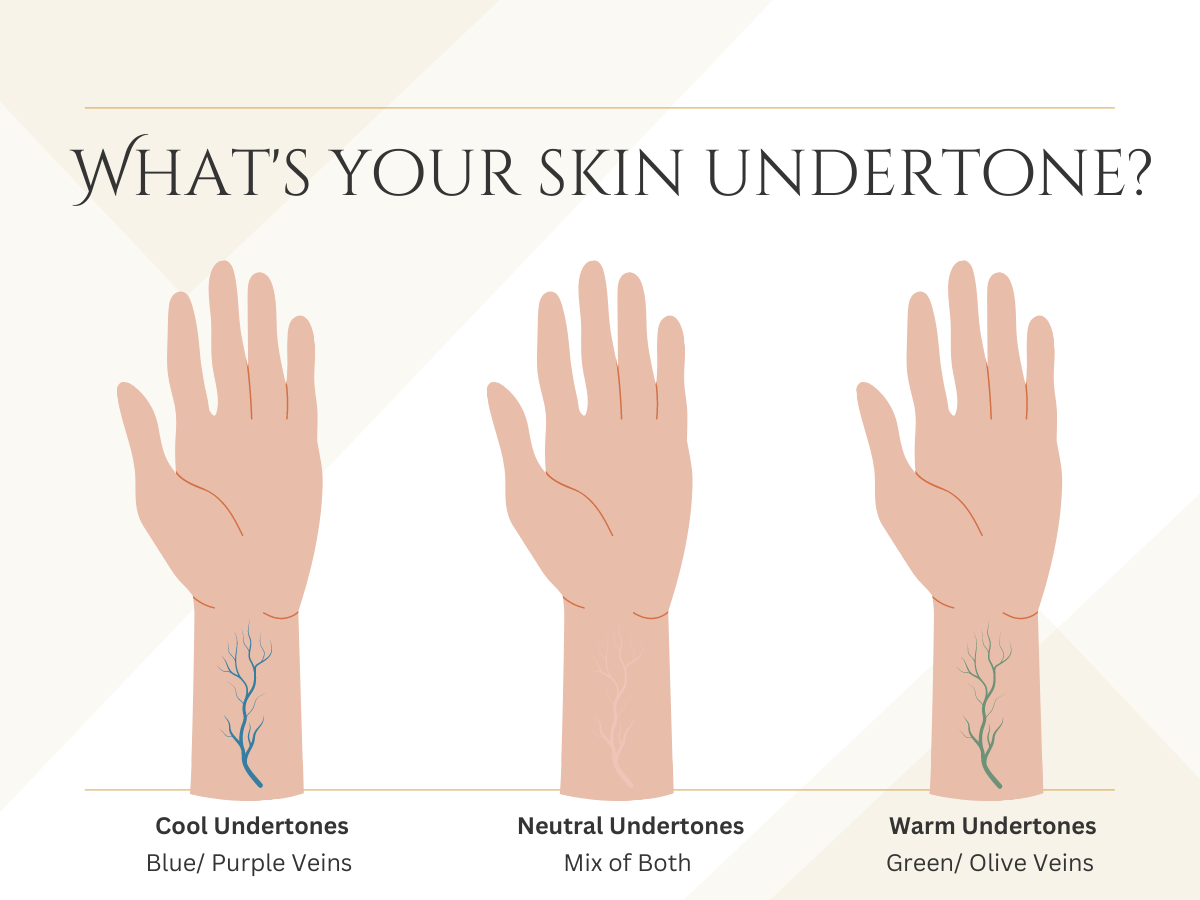
Examine your wrists under natural lighting. Play close attention to the colour of your veins underneath your skin. Do they appear blue or purple? That likely means you have cool undertones. Are your veins green or olive instead? That means you have warm undertones. If you're struggling to tell the difference, you likely have neutral undertones.
Look at your jewelry collection
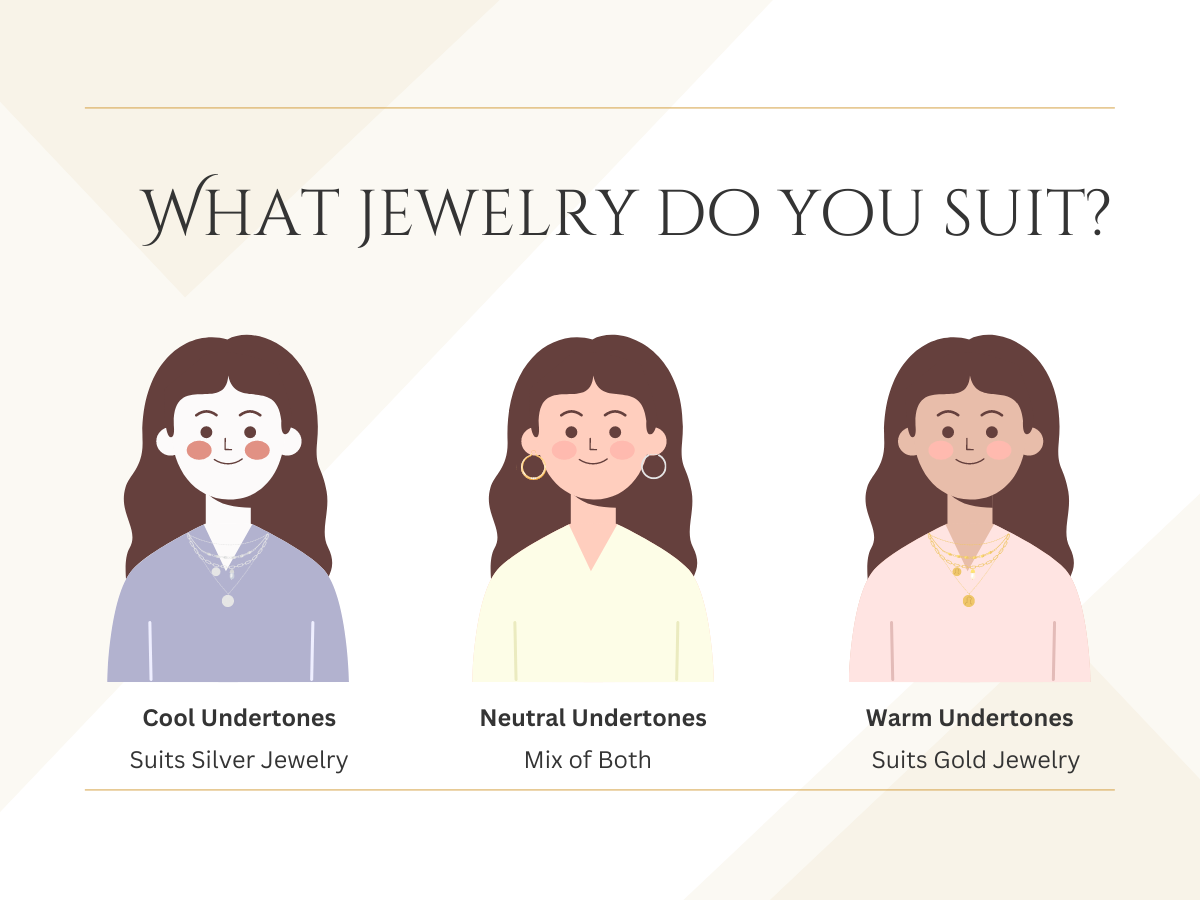
You may have sub-consciously already figured out your personal undertone with the jewelry choices you've made. Is you jewelry collection made up of all silver pieces? You're probably cool toned. If you love your gold jewelry and really think it suits you, you're likely warm toned. Neutral tones are again, a mix of both.
Which colour season am I?
The Seasonal Colour theory was initially proposed within the 1973 classic, 'Color Me Beautiful' by Carole Jackson. Within the book she set out to help individuals discover their natural beauty by highlighting how colour choices could enhance their look. It outlined what she believed to be the four main archetypes of colour: Summer, Autumn, Winter and Spring.
These colour seasons are determined by two factors.
- Your skin undertone: Warm vs Cool (What we found earlier)
- How Light vs Dark your overall visuals are (Determined by your hair and features)
By placing yourself along these two dimensions, you can determine which of these colour seasons you most closely align to.
Summer Colour Season
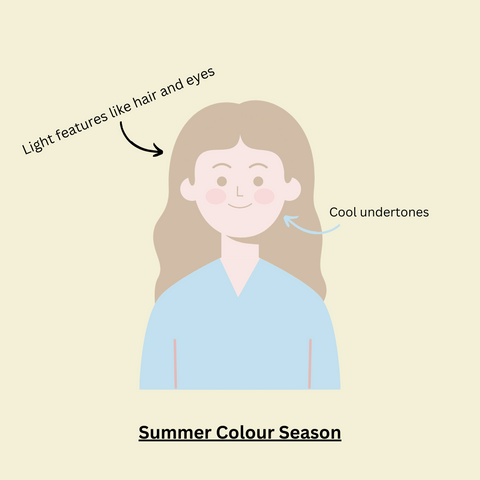
Defined by cool skin undertones and light overall visuals. Their features can include blonde, and light to medium brown hair. With eyes ranging from light blues, greys and greens.
Winter Colour Season
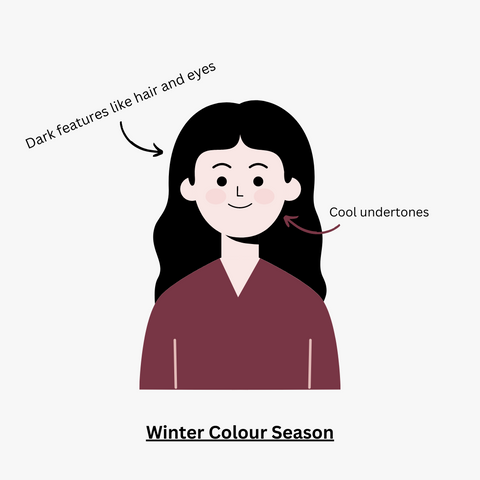
On the opposite side of the colour wheel is the Winter colour season. It has the same cool undertones but with dark features. This means that Winter seasons have high contrast between their skin tone, and their dark hair and eyes.
Autumn Colour Season
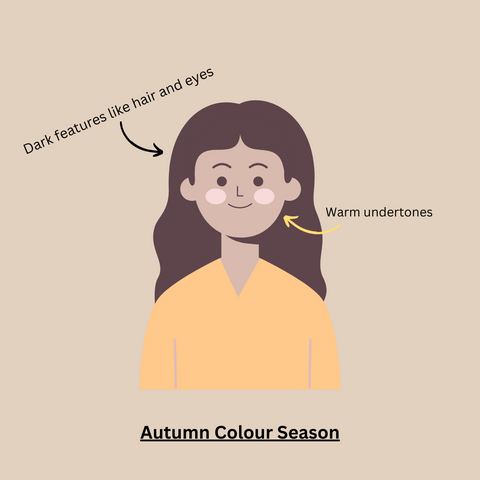
Autumn seasons share the dark features that Winter has but with warm undertones. This means that there's less contrast between their skin and other features.
Spring Colour Season
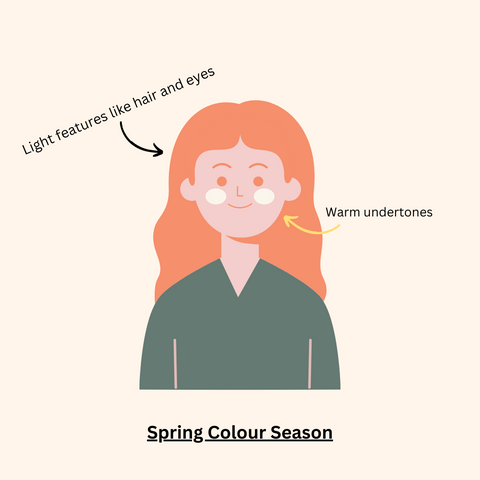
Spring seasons have warm undertones but with lighter features. This creates more of a blend between their skin and hair.
Makeup for each main colour season
Now that we've found your colour season, we can begin to choose the makeup colours and palettes that are most appropriate for your skin! We'll be going over our recommendations for blush, eyeshadows and lip colours.
Summer
Due to the gentle and cool nature of the Summer palette, the same cool and understated look should be replicated with their makeup. We want to avoid things like dark mascara and overly bright lipstick that can appear too harsh against a Summer palette. Here are our recommendations for a Summer palette.
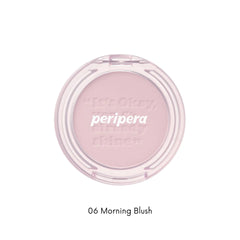
Peripera - Pure Blushed Sunshine Cheek (#06) - Morning Blush
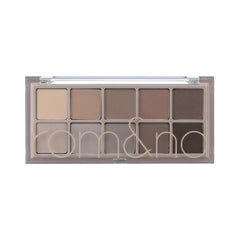
Rom&nd - Better Than Palette 04 Dusty Fog Garden

Clio - Chiffon Mood Lip #01 Uncommon Pink
Winter
The Winter Colour Season is defined by the high contrast between their features. The makeup colour choices we make for this colour season should mirror these high-contrast, intense looks. Avoid warm and beachy colours that clash with the Winter palette's cool tones.

B. by Banila Priming Veil Cheek #PK02 Moonriver
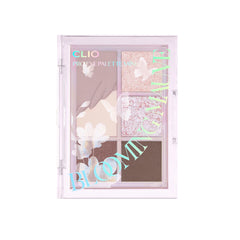
Pro Eye Palette Mini #03 Blooming Mauve
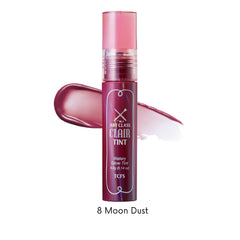
Artclass Clair Tint #8 Moon Dust
Autumn
The Autumn Colour Season is defined by it alluring warmth that radiates from both the skin tone and individual features. We want to highlight and accentuate this glow with our makeup colour choices.
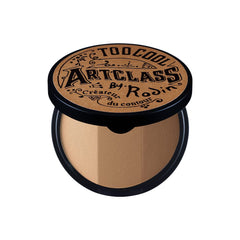
Artclass By Rodin Shading #Classic

All Take Mood Palette #Fall In Acorn
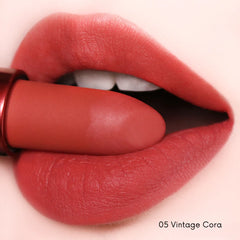
Artclass Lip Velour #05 Vintage Cora
Spring
The Spring Colour Season has bright warmth that originates from their light hair tones and warm undertones. We want to avoid muted makeup colour choices and instead, go for makeup that will brighten and compliment your natural bright glow.
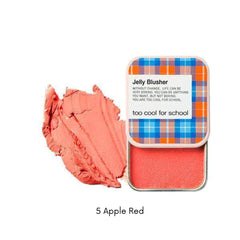
Too Cool For School - Check Jelly Blusher 8g #5 Apple Red
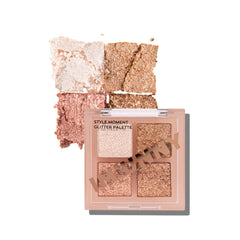
I'M UNNY - Style Moment Glitter Palette

Too Cool For School - Artclass Clair Tint #1 Ruddy Peach
With this in depth guide to finding your personal colour season and your skin undertone, you can begin experiment with what makeup colour choices look good on you! You can finally find what the best palettes, foundation and eye makeup are for your skin. We look forward to exploring how beautiful our diverse ranges of skin tones are, with Korean makeup and cosmetics!
To discover more of our Korean makeup brands and products just click the button below.



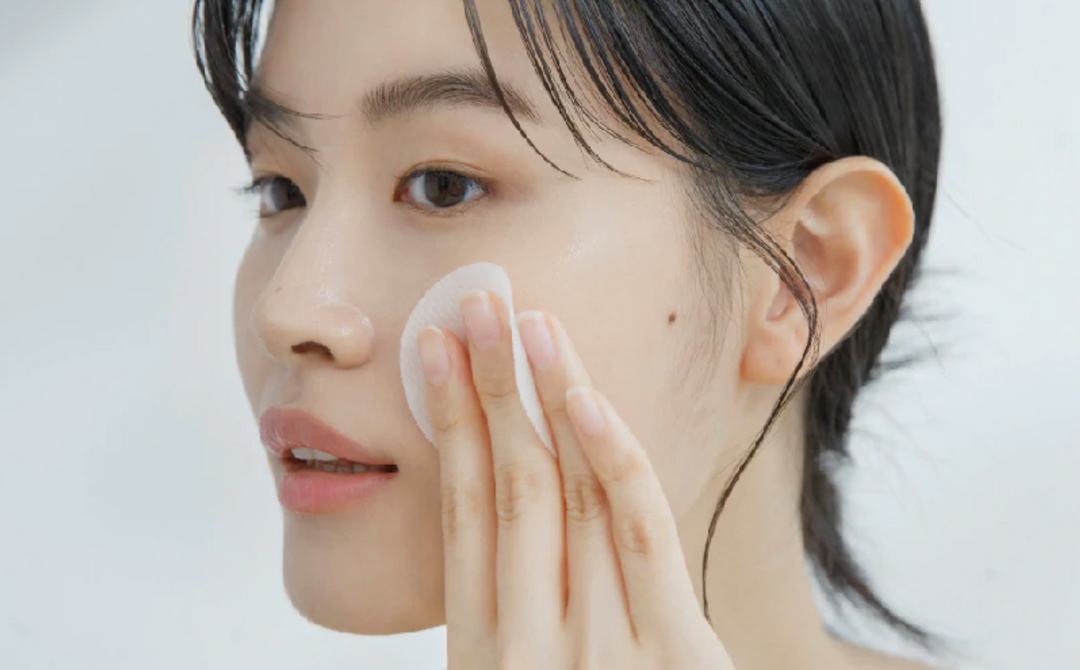
Leave a comment